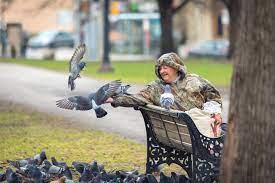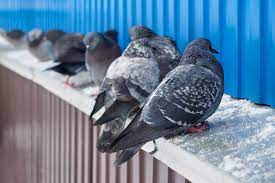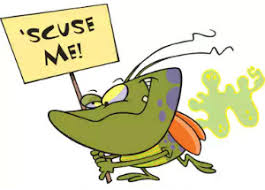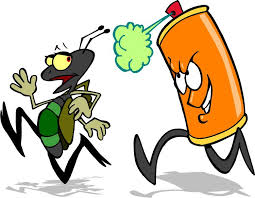 September 2023
September 2023
The variety of sounds from birds is nature at its best. They appear harmless until one poops on your head or settles nearby. Here on the ground, we need to navigate the mess and disease from their droppings, and manage damage they cause to buildings. We want to enjoy birds while reducing any harm they cause.
Birds are beautiful creatures but the feces, nests and debris they leave behind cause problems. Ammonia in their accumulated droppings can degrade building materials while clogging drain pipes, sewers or HVAC equipment. Steel building components can be damaged. Corrosive droppings from starlings, if not removed quickly, can dissolve building material and encourage fungal growth in the soil which leads to diseased grass, trees and landscape plants. Cleaning, maintenance and repair costs all increase.
Anyone who lives in, owns or manages a high-rise building must adapt to the presence of birds. They are attracted to water, trees and shelter. People invite them to their homes with feeders or seeds on benches, patios and terraces.
Locally, pigeons are likely the main bird problem. They are comfortable being near and sharing their home with people. We find them in parks, on benches and in roadway underpasses. In our high-rise buildings they can be found on balconies, terraces and roofs. Pigeons create a large amount of excrement – more than one kilogram annually. Many insist on feeding them.
New York City’s “Feed a Pigeon, Breed a Rat” public service campaign is intended to discourage people from feeding seeds or other food items to birds which also encourages and sustains a rat population that can be even more destructive.
Pigeons, Canada geese, starlings and sparrows are all potential carriers of disease in their feathers, droppings and nests. Their droppings have been found to contain potentially dangerous viruses that include salmonella, meningitis, tuberculosis and encephalitis.
The three primary methods for dealing with unwanted birds in a high-rise community are exclusion, perch removal, and behavioral adjustment. The most common way of excluding birds from a space is netting which is relatively inexpensive, permanent and humane. Birds are not hurt and spaces are no longer accessible for nesting or roosting. Perch removal involves products such as spikes, traps, or wires to prevent birds from landing on a building. These deterrents are most commonly used for limited areas such as a railing or awning. Behavioral adjustment is the training of birds to avoid an area using deterrents which range from fake predators such as owls or cats to low-voltage electric shocks.
Crows are particularly difficult to remove from an area once entrenched. Once restricted to rural areas, their increasing numbers in cities and suburban areas are believed to have something to do with a steady and growing supply of garbage for them to feast on.
Keeping nature away from buildings and property remains a constant challenge.







